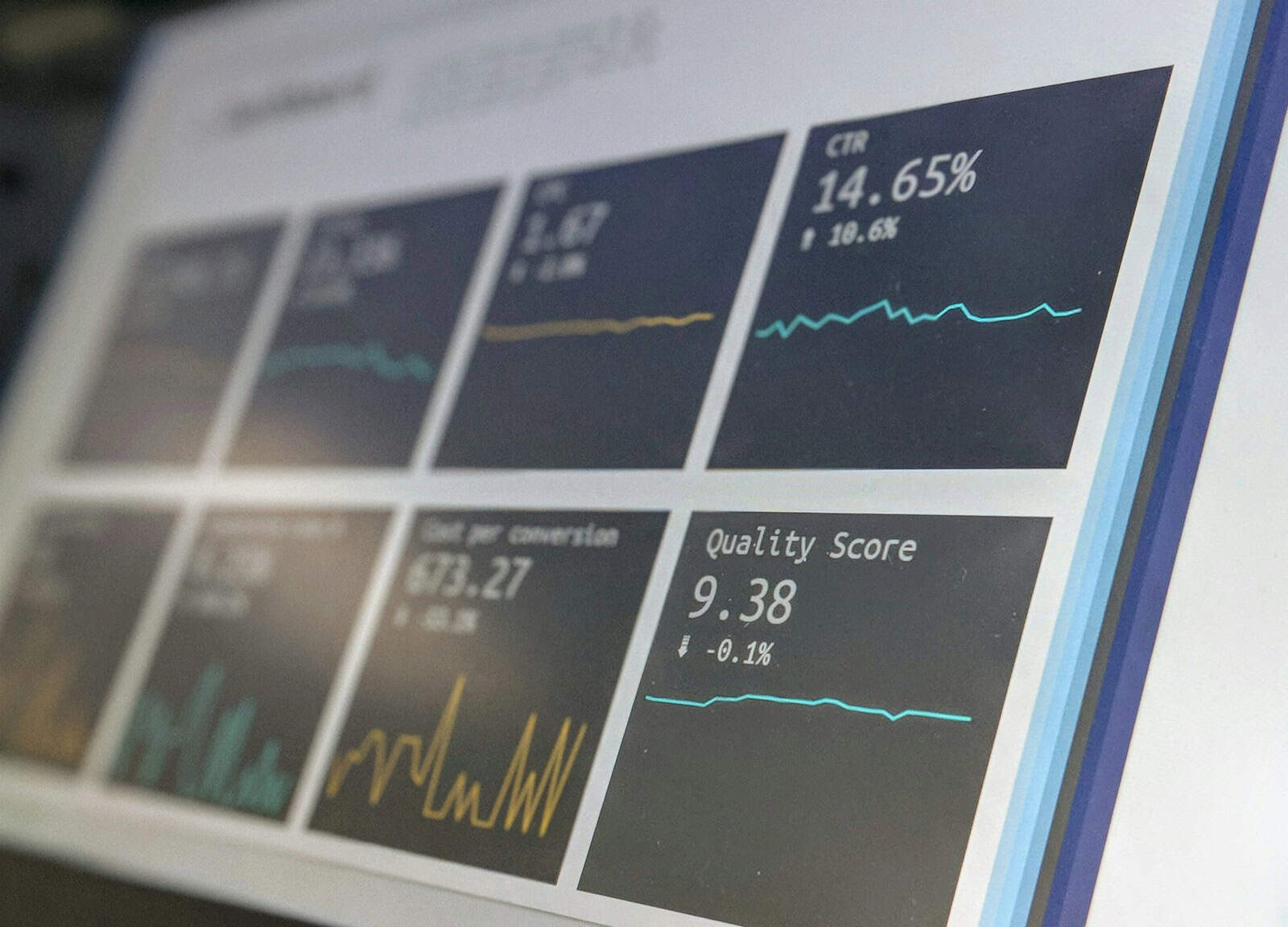Defect prevention is one of the most impactful strategies businesses can use to prevent defects. I’ve seen it turn struggling businesses into industry powerhouses. If you can prevent defects early, you’ll save time, money, and stress later. If you want to increase your bottom line and customer satisfaction, here’s how defect prevention can transform your business and ensure you’re set up for success in the long run.
Proactively Avoiding Flaws

Defect prevention is a proactive quality management strategy to identify and remove potential issues before they happen. This approach is essential for any business looking to optimize its processes and products.
The core tenets of defect prevention are early detection, continuous improvement, and employee participation. If you zero in on these core principles, you can minimize the likelihood of defects in your products or services.
Implementing defect prevention strategies has several benefits:
- Lower costs
- Higher customer satisfaction
- Better product quality
- Increased productivity
- Stronger brand reputation
Despite these benefits, businesses encounter several common challenges when implementing defect prevention, including resistance to change, lack of resources, and difficulty identifying root causes. However, the long-term benefits of defect prevention far outweigh these minor challenges.
One of the most important considerations is the cost impact. Defects found after delivery can cost 100 times more to fix than if you catch them during the development phase. Furthermore, design defects represent 54% of all defects and 92% of rework costs, while code defects make up just 46% of defects and only 8% of rework costs.
These statistics demonstrate why it’s critical to find defects early. When you invest in defect prevention, you’re not just enhancing quality; you’re also protecting your investment.
Root Cause Analysis in Defect Prevention
Root cause analysis is the foundation of effective defect elimination, and it involves digging deeper to discover the underlying cause of defects. This process is important because it allows you to develop specific solutions to prevent defects from occurring again.
Common root causes of defects include:
- Inadequate training
- Communication breakdowns
- Faulty equipment
- Inconsistent processes
- Human error
To perform a thorough root cause analysis, you will use various root cause analysis methods. This might include the 5 Whys, fishbone diagrams, or fault tree analysis. Each tool has its strengths and is most suitable depending on the situation.
The steps to perform a root cause analysis are simple. First, clearly define the problem. Then collect data and list all possible causes. Next, identify the root cause(s). Finally, make recommendations and take action to implement these solutions.
Research indicates that 56% of defects are due to communication, while the remaining 44% are caused by individual mistakes. More than 70% of defects originate from requirements or design. This data highlights the importance of addressing problems earlier in the software development process.
Prioritize root cause analysis to stop the source of defects rather than just the symptoms. Doing so allows you to provide more specific solutions that prevent defects from recurring, and ultimately, you’ll see more effective solutions that drastically reduce defect rates.
Strategies for Reducing Product Flaws
Building a defect prevention culture is essential for long-term success. This requires a shift in mindset from solving problems reactively to preventing them proactively. It requires buy-in from everyone in the organization, particularly leadership.
To encourage buy-in, you can establish defect prevention teams. These teams should consist of members from different departments of the organization, and their primary responsibility is to execute defect prevention efforts.
From there, the next step is to create a defect prevention plan. Your defect prevention plan should outline:
- Specific goals and objectives
- Who is responsible for what
- What specific prevention tactics
- Training
- How you’ll measure results and provide feedback
The last key to building a defect prevention culture is to integrate your prevention efforts into the organization’s existing processes. This might mean updating the organization’s quality control process, design standards, or communication processes.
Prevention tactics are effective for two reasons:
- Formal inspections can identify 60-70% of defects
- Each hour you spend preventing defects saves 3-10 hours of defect correction
- 65% of defects are avoided by preventing them early in the process
- Gathering technical reviews identifies 30-70% of defects
- Conducting design reviews gathers up to 55% of defects
- Code reviews gather 60-65% of defects
When you consider these statistics, the solution is obvious: building a defect prevention culture using these methods to catch defects early in the process significantly reduces the number of defects, and therefore significantly increases the overall quality.
Tools and Methods for Reducing Flaws

Failure Mode and Effects Analysis (FMEA) is a systematic way of identifying potential failures within a system or process. It helps you rank the most critical risks and take proactive steps to avoid them. FMEA is most relevant in complex systems with multiple failure points.
Poka-Yoke, or mistake-proofing, is a technique to prevent errors through design. You design the process or product in a way that it’s impossible (or at least very difficult) to make mistakes. This strategy is common in manufacturing but can apply to other industries.
Statistical Process Control (SPC) is a method of using statistical analysis to monitor and control processes. It helps you identify variations within the process that may result in defects. SPC is useful for ongoing processes where you have data you can collect over time.
Design of Experiments (DOE) is a systematic way of understanding how factors within a process impact the output of that process. You can test multiple variables in a structured way simultaneously. DOE is valuable for optimizing a process and reducing defects.
These are the best defect prevention tools and techniques. Choose the right tool for the right job, and you can prevent many of the defects in your products or processes.
Six Sigma in Defect Prevention
Six Sigma is a data-driven methodology designed to eliminate defects and minimize process variation. It strives for a defect rate of no more than 3.4 defects per million opportunities. This level of quality has a profound impact on product reliability and customer satisfaction.
At a high level, Six Sigma achieves its goal of defect prevention through the DMAIC process (Define Measure Analyze Improve Control). In other words, DMAIC is a structured approach to defect root cause analysis and elimination.
To support the DMAIC process, Six Sigma provides various defect prevention tools:
- Process mapping
- Cause and effect diagrams
- Pareto analysis
- Control charts
- Design for Six Sigma (DFSS)
Many companies have used Six Sigma successfully for defect prevention. For example, one electronics manufacturer applied Six Sigma to their production line and reduced defects by 87%. As a result, they saved over $1 million annually.
Similarly, a software company applied Six Sigma to their development process. Through this effort, they achieved a 45% reduction in defects from coding and a 30% improvement in on time delivery.
These are just a couple of examples, but the point is this: Six Sigma is a very powerful methodology for defect prevention. By applying it, you can make significant improvements to quality and efficiency.
Quality Management Systems and Defect Prevention
Quality management systems are essential for defect prevention. They offer a systematic way to manage processes and ensure quality consistency. ISO 9001 is a common standard for quality management systems. It promotes risk-based thinking and a process approach, both of which closely align with defect prevention principles.
Total quality management (TQM) principles also play a key role in defect prevention. TQM is centered around customer satisfaction, continuous improvement, and employee involvement. By creating an environment where defect prevention is just a natural part of the business, TQM principles indirectly address defect prevention.
Continuous improvement is also central to defect prevention. This means continuously assessing and improving processes to eliminate potential defects. Doing so ensures that your defect prevention strategies continue to work over time.
Industry data also supports the value of formal prevention methods. Companies that use these methods have 45% higher quality ratings, 30% less maintenance, and 25% better delivery schedules.
Interestingly, 80% of defects occur in the requirements or design phase – not in coding. This is why it’s so important to focus on prevention strategies early in the development process.
Even just catching defects early can save 60-70+% of the cost to fix them. This is why quality management systems and defect prevention strategies are so financially beneficial.
Minimizing Errors in Software Creation

Software development has its own set of challenges when it comes to defect prevention. Code is inherently complex, and it changes so frequently that it can be challenging to prevent all defects. However, there are a handful of strategies you can use to dramatically reduce defects in software.
Code reviews and inspections are an effective way to catch defects early. This involves a systematic examination of code by either peers or subject matter experts. These people can often identify problems that wouldn’t be caught by any tool.
Automated testing and continuous integration are both critical to managing code quality. Hitting the code with tests early and often allows you to catch issues early. If you catch a problem early, you can prevent that problem from propagating.
Following best practices in the requirements gathering and design phases is key. If you have clear, well-documented requirements, you’re far less likely to misunderstand something and code a defect. Similarly, a thorough design review can catch a lot of issues before you code a single line of the solution.
The cost to fix a defect increases dramatically as you progress further in the development cycle. The cost to fix something in the requirements phase is about 1x. In the design phase, it’s 3-6x. In the coding phase, 10x. In the testing phase, it’s 15-40x. Once a solution is in production, it can be 40-1,000x.
These numbers underscore the value of preventing defects early in the software development process. If you invest in defect prevention strategies in earlier stages of the development cycle, you’ll save a lot of time and resources.
Measuring and Monitoring Defect Prevention Effectiveness
Measuring how effectively you’re preventing defects is key to continuous improvement. Common key performance indicators include defect density, defect removal efficiency, and cost of quality.
Setting baselines and targets is the first step to measuring these KPIs. Then, you can track progress and pinpoint areas for improvement. Your targets should be ambitious yet realistic, based on industry averages and where your company currently performs.
There are various tools you can use to track and analyze defect data:
- Defect tracking systems
- Statistical analysis tools
- Dashboards and visualization software
- Automated testing software
Failing to continuously monitor the effectiveness of your defect prevention strategy is a common mistake. By regularly reviewing your KPIs, you can catch any trends or issues early.
Process maturity significantly impacts defect rates. For example, Level 5 (the highest level) organizations might experience 1 defect per 1000 lines of code, while a lower-maturity organization could see 7-10 defects per 1000 lines of code.
The industry benchmark for defect removal efficiency is approximately 85%. However, Level 5 organizations might achieve over 95% defect removal efficiency, indicating there’s plenty of room for improvement by focusing on defect prevention.
If you continuously measure and monitor how effective you are at preventing defects, you can ensure continuous improvement. This ultimately results in higher-quality products, lower costs, and higher customer satisfaction.
One effective approach to systematically address and prevent defects is the 8 disciplines problem-solving method, which provides a structured framework for identifying, correcting, and preventing problems in manufacturing and other processes.
Wrapping Up
Preventing defects is the most important quality strategy and I’ve witnessed the impact of these defect prevention strategies inside some of the companies mentioned here. You now know how to build a culture of prevention identify root causes, and measure whether you’re successful. Always remember that prevention is always better than curing problems later on. Take small steps and practice continuous improvement.
You’ll soon notice remarkable changes in your processes and products. The path to defect-free processes is not easy, but the rewards are significant. Your quality will improve, your costs will decrease, and your customers will be happier.






